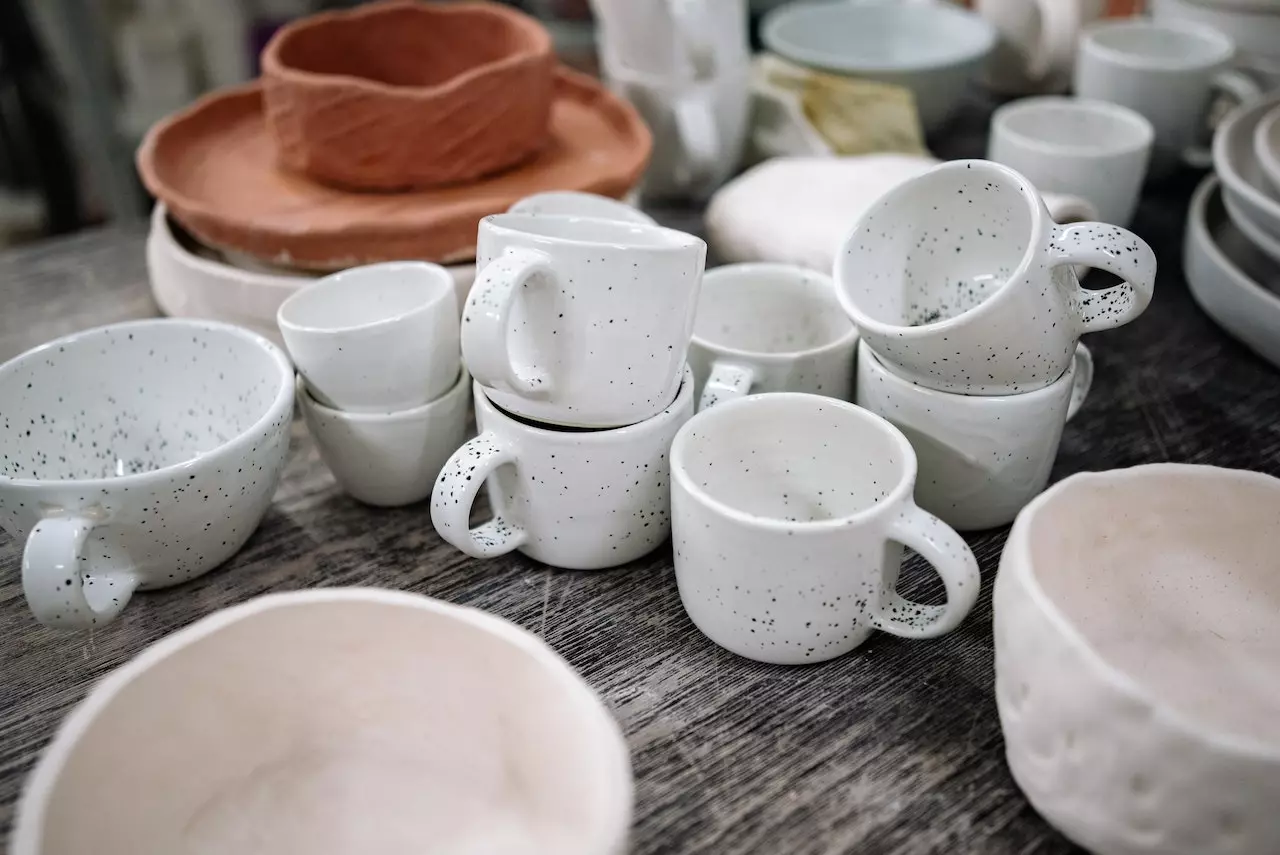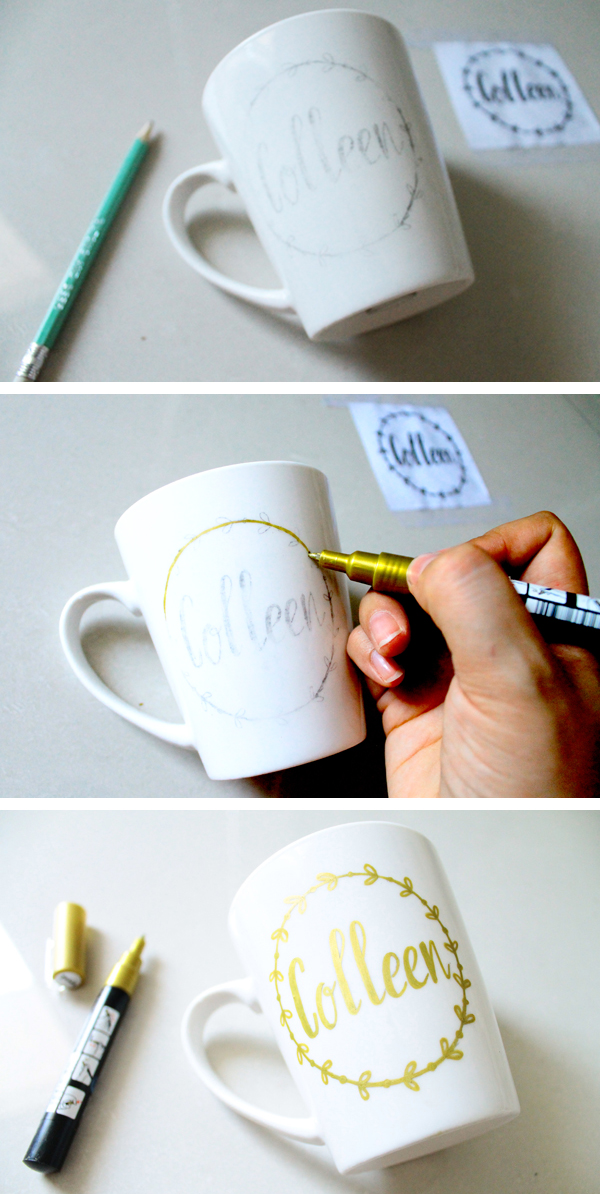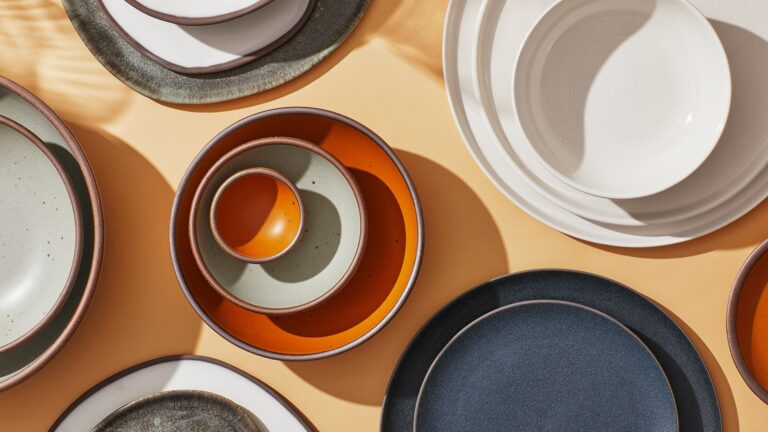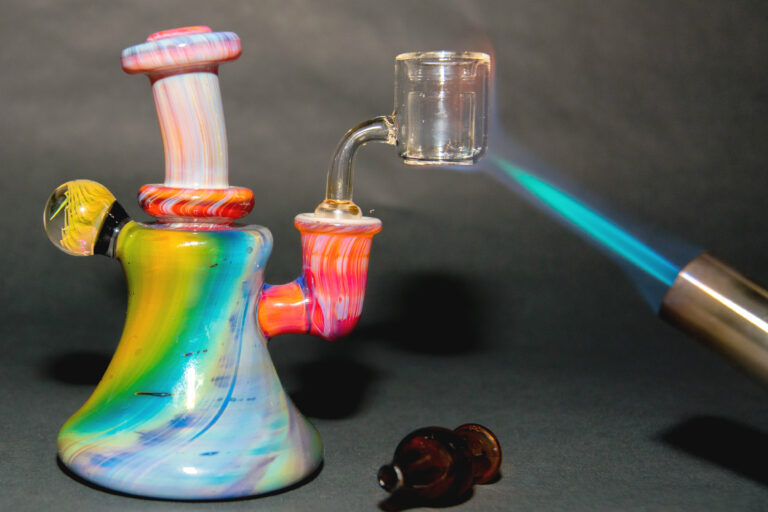What’s the Difference Between Pottery and Ceramics?
Pottery and ceramics are often used interchangeably, but they are not exactly the same thing. While they both involve working with clay, they have distinct characteristics and applications.
In this article, we will explore the differences between pottery and ceramics, their historical background, materials used, techniques employed, firing processes, functions, aesthetics, cultural significance, and contemporary applications.
Definition of Pottery and Ceramics
Pottery refers to objects made from clay that are hardened through heat. It has been an integral part of human civilization for thousands of years. Ceramics, on the other hand, encompass a broader category that includes pottery but also extends to other materials like glass and porcelain.
Historical Background
The history of pottery and ceramics dates back to ancient times. The earliest evidence of pottery making can be traced back to prehistoric societies, where clay vessels were used for storing food and water. Over time, pottery evolved as an art form, becoming intricately decorated and adorned with various designs and patterns. Ceramics, too, have a rich history, with the development of techniques like glazing and kiln firing contributing to their popularity.
Materials Used
Both pottery and ceramics involve the use of clay as a primary material. Pottery typically utilizes earthenware, stoneware, or porcelain clay, each with its unique properties. Ceramics, however, may incorporate additional materials like silica, feldspar, and quartz to achieve desired characteristics such as translucency or strength.
Techniques
The techniques employed in pottery and ceramics vary depending on the desired outcome. Pottery techniques include hand-building, wheel throwing, and slipcasting. These methods allow artists to shape clay into functional or decorative objects. Ceramics, on the other hand, may involve molding, casting, or sculpting techniques, depending on the material used.
Firing Process
Firing is a crucial step in both pottery and ceramics. It involves subjecting the clay object to high temperatures in a kiln. Pottery firing typically takes place at lower temperatures, resulting in a porous surface that may require glazing to make it impermeable. Ceramics, especially those made of porcelain or stoneware, require higher firing temperatures to achieve their desired strength and durability.
Function and Purpose
Pottery has historically served practical purposes, such as storage containers, cooking vessels, and tableware. It also has decorative functions, with artists creating intricate designs and patterns on pottery objects. Ceramics, besides serving similar functions as pottery, have broader applications, including architectural elements, art installations, and industrial components like electrical insulators.
Aesthetics
Both pottery and ceramics offer a wide range of aesthetic possibilities. Pottery often exhibits earthy tones, rustic textures, and handcrafted charm. Ceramics, on the other hand, can explore a broader color palette, intricate surface decorations, and refined forms. The aesthetic choices in both mediums are influenced by cultural, historical, and artistic factors.
Cultural Significance
Pottery and ceramics have significant cultural importance worldwide. They have been used to preserve cultural heritage, convey symbolic meanings, and document historical events. In many societies, pottery and ceramics are integral to traditional rituals, ceremonies, and artistic expressions.
Contemporary Applications
In contemporary times, pottery and ceramics continue to thrive as art forms and functional objects. Many artists and artisans experiment with innovative techniques, pushing the boundaries of creativity.
Ceramic sculptures, pottery vessels, and unique ceramic installations are highly valued in the art world. Additionally, pottery and ceramics find practical applications in interior design, architecture, and everyday life.
Pottery vs. Ceramics: Key Differences
While pottery falls under the broader category of ceramics, there are key differences between the two. Pottery specifically refers to objects made from clay that are fired at lower temperatures, resulting in a porous surface that may require glazing. Ceramics, on the other hand, encompass a wider range of materials, including pottery, and are fired at higher temperatures for increased strength and durability.
FAQs
Q: Can pottery and ceramics be used interchangeably?
A: While pottery falls under the category of ceramics, the terms are not entirely interchangeable. Pottery specifically refers to objects made from clay that are fired at lower temperatures, while ceramics encompass a broader range of materials and firing processes.
Q: What are some famous pottery and ceramic art styles?
A: There are various famous pottery and ceramic art styles from different regions, such as Ming Dynasty porcelain from China, Greek red-figure pottery, and Native American pottery like the Acoma Pueblo style.
Q: Can you make pottery or ceramics at home?
A: Yes, it is possible to make pottery or ceramics at home with the right materials, tools, and equipment. However, it may require practice, skill, and knowledge of the specific techniques involved.
Q: Are there any health hazards associated with pottery or ceramic production?
A: The production of pottery and ceramics involves working with clay, glazes, and kilns, which can emit potentially harmful substances when not handled properly. It is important to follow safety guidelines and use protective measures to minimize health risks.
Q: Where can I learn pottery or ceramic art?
A: Many art schools, community centers, and pottery studios offer classes and workshops for learning pottery and ceramic art. Online resources and tutorials are also available for self-guided learning.
Conclusion
Pottery and ceramics are interconnected yet distinct art forms. Both have deep historical roots, utilize clay as a primary material, and involve various techniques and firing processes. Pottery emphasizes functionality and rustic charm, while ceramics explore broader artistic possibilities and offer durability. Understanding the differences between pottery and ceramics allows us to appreciate their unique qualities and contributions to human culture.






